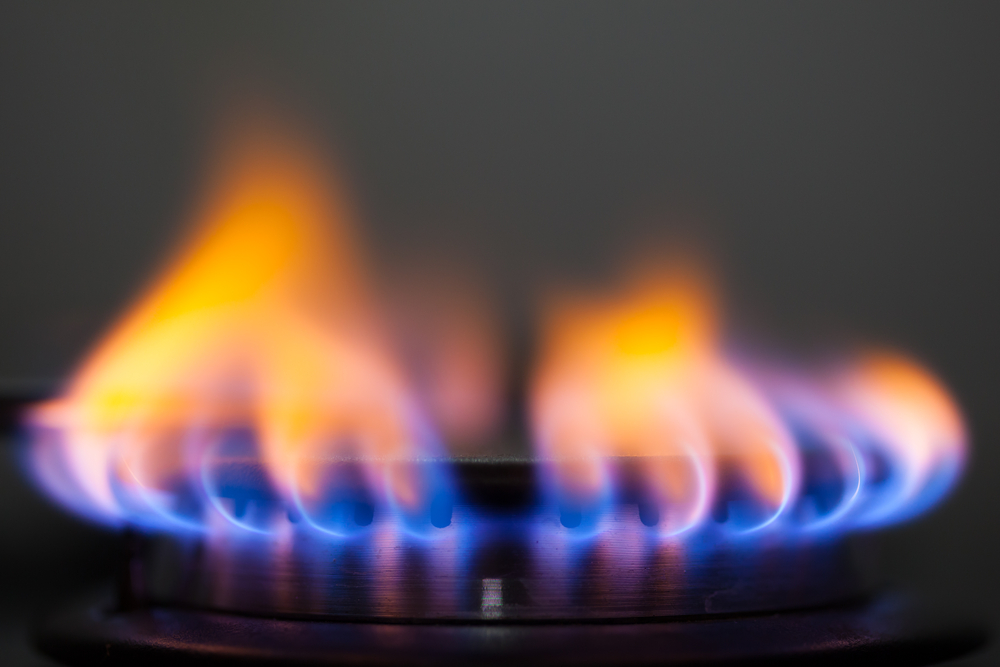Household Bills
Energy bills rise for thousands of households

More than 375,000 households face an average £265 hike in energy bills this month as fixed tariffs come to an end.
According to Compare the Market, 179 fixed rate tariffs end in April 2021, affecting more than 375,000 homes.
These energy customers are likely to be switched onto more expensive ‘default’ energy tariffs by their provider if they don’t take action.
Analysis of the fixed tariffs ending during April found that the average increase to energy bills could be £265 per household across the year. Compare the Market calculated that this could cost Brits a collective £100m over the next year.
The energy price cap is going up
An additional 15 million households who are already on their provider’s standard tariff, could face an annual price rise of £96 from today.
This is because Ofgem is increasing its default energy price cap from £1,042 to £1,138. The increased cost is likely to push some families into financial difficulty, as research shows that energy bills only need to rise by an average of £85 a year to tip households with children into financial difficulty.
At least 191 tariffs are available on the market with an average cost of less than the new energy price cap.
Peter Earl, head of energy at Compare the Market, said: “April brings some good news for households with lockdown easing, spring arriving and warmer weather. However, the start of April could also see household budgets tighten as many are facing significantly higher energy costs if they don’t take action to move to a cheaper deal.
“In spite of the price cap, suppliers benefit from customers who stay with them and roll onto their standard priced tariff instead of looking around for a better deal. Then, with the revised price cap level allowing suppliers to increase the cost of their default tariffs, this could push a number of households further into financial difficulty.
“Households do not have to take these price increases lying down. They can look to move to another supplier and lock in a competitively priced deal. The good news is that there are more than a hundred tariffs currently available that are cheaper than the energy price cap level, and people can save substantial sums by switching.”